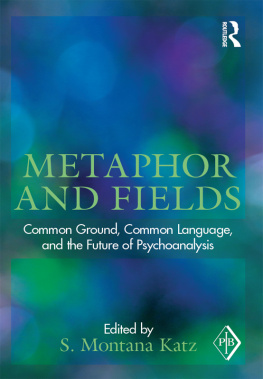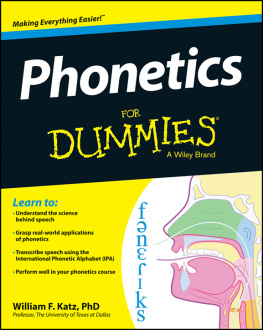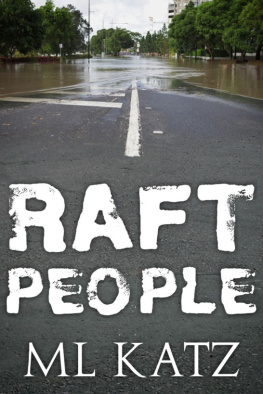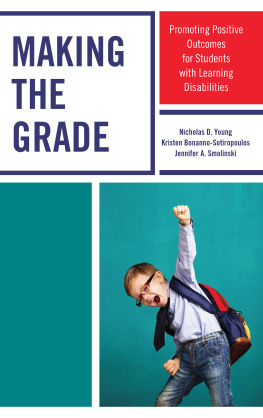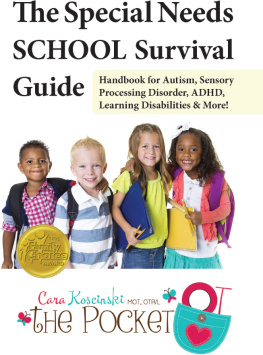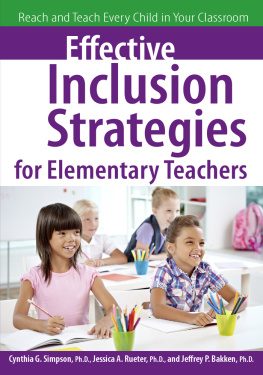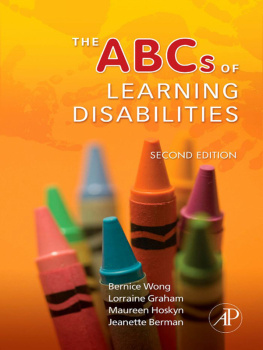Katz - Making Your Primary School E-Safe
Here you can read online Katz - Making Your Primary School E-Safe full text of the book (entire story) in english for free. Download pdf and epub, get meaning, cover and reviews about this ebook. year: 2015, publisher: Jessica Kingsley Publishers, genre: Children. Description of the work, (preface) as well as reviews are available. Best literature library LitArk.com created for fans of good reading and offers a wide selection of genres:
Romance novel
Science fiction
Adventure
Detective
Science
History
Home and family
Prose
Art
Politics
Computer
Non-fiction
Religion
Business
Children
Humor
Choose a favorite category and find really read worthwhile books. Enjoy immersion in the world of imagination, feel the emotions of the characters or learn something new for yourself, make an fascinating discovery.
Making Your Primary School E-Safe: summary, description and annotation
We offer to read an annotation, description, summary or preface (depends on what the author of the book "Making Your Primary School E-Safe" wrote himself). If you haven't found the necessary information about the book — write in the comments, we will try to find it.
Making Your Primary School E-Safe — read online for free the complete book (whole text) full work
Below is the text of the book, divided by pages. System saving the place of the last page read, allows you to conveniently read the book "Making Your Primary School E-Safe" online for free, without having to search again every time where you left off. Put a bookmark, and you can go to the page where you finished reading at any time.
Font size:
Interval:
Bookmark:

Making Your Primary School E-safe
by the same author
Cyberbullying and E-safety
What Educators and Other Professionals Need to Know
Adrienne Katz
ISBN 978 1 84905 276 4
eISBN 978 0 85700 575 5
of related interest
Cyberbullying
Activities to Help Children and Teens to Stay Safe in a Texting,
Twittering, Social Networking World
Vanessa Rogers
ISBN 978 1 84905 105 7
eISBN 978 0 85700 228 0
Helping Children to Build Self-Esteem
A Photocopiable Activities Book
Deborah M. Plummer
ISBN 978 1 84310 488 9
eISBN 978 1 84642 609 4
Positive Body Image for Kids
A Strengths-Based Curriculum for Children Aged 511
Ruth MacConville
ISBN 978 1 84905 539 0
eISBN 978 1 78450 047 4
Believing You Can is the First Step to Achieving
A CBT and Attribution Retraining Programme to Improve
Self-Belief in Students aged 812
Alicia R. Chodkiewicz and Christopher Boyle
ISBN 978 1 84905 625 0
eISBN 978 1 78450 098 6
Making Your
Primary School E-safe
Whole School Cyberbullying and E-safety Strategies for Meeting Ofsted Requirements
ADRIENNE KATZ

Jessica Kingsley Publishers
London and Philadelphia
on p.10 reproduced with kind permission from Ofcom.
BYOD list on p.47 adapted with kind permission, from a ten point guide by Lightspeed systems for NAACE.
Cybersurvey infographics on p.12 and results throughout are reproduced with kind permission from e-Safer Suffolk.
Contains public sector information licensed under the Open Government Licence v3.0.
First published in 2015
by Jessica Kingsley Publishers
73 Collier Street
London N1 9BE, UK
and
400 Market Street, Suite 400
Philadelphia, PA 19106, USA
www.jkp.com
Copyright Adrienne Katz 2015
Front cover image source: Shutterstock. The cover image is for illustrative purposes only, and any person featuring is a model.
All rights reserved. No part of this publication may be reproduced in any material form (including photocopying of any pages other than those marked with a  , storing it in any medium by electronic means and whether or not transiently or incidentally to some other use of this publication) without the written permission of the copyright owner except in accordance with the provisions of the Copyright, Designs and Patents Act 1988 or under the terms of a licence issued by the Copyright Licensing Agency Ltd, Saffron House, 610 Kirby Street, London EC1N 8TS. Applications for the copyright owners written permission to reproduce any part of this publication should be addressed to the publisher.
, storing it in any medium by electronic means and whether or not transiently or incidentally to some other use of this publication) without the written permission of the copyright owner except in accordance with the provisions of the Copyright, Designs and Patents Act 1988 or under the terms of a licence issued by the Copyright Licensing Agency Ltd, Saffron House, 610 Kirby Street, London EC1N 8TS. Applications for the copyright owners written permission to reproduce any part of this publication should be addressed to the publisher.
Warning: The doing of an unauthorised act in relation to a copyright work may result in both a civil claim for damages and criminal prosecution.
All pages marked  may be photocopied for personal use with this programme, but may not be reproduced for any other purposes without the permission of the publisher.
may be photocopied for personal use with this programme, but may not be reproduced for any other purposes without the permission of the publisher.
All pages marked  can be downloaded at www.jkp.com/catalogue/book/9781849055420/resources for personal use with this program, but may not be reproduced for any other purposes without the permission of the publisher.
can be downloaded at www.jkp.com/catalogue/book/9781849055420/resources for personal use with this program, but may not be reproduced for any other purposes without the permission of the publisher.
Library of Congress Cataloging in Publication Data
Katz, Adrienne, 1946
Making your primary school e-safe : whole school cyberbullying and e-safety strategies for meeting Ofsted requirements / Adrienne Katz.
pages cm
Includes bibliographical references and index.
ISBN 978-1-84905-542-0 (alk. paper)
1. Cyberbullying--Great Britain--Prevention. 2. Bullying in schools--Great Britain--Prevention. 3. Education--Standards--Great Britain. 4. Great Britain. Office for Standards in Education. I. Title.
LB3013.34.G7K37 2015
371.58--dc23
2015016758
British Library Cataloguing in Publication Data
A CIP catalogue record for this book is available from the British Library
ISBN 978 1 84905 542 0
eISBN 978 0 85700 966 1
Contents
What Do We Mean by E-safety
for Primary Children?
What is e-safety?
Put at its simplest, e-safety is the schools ability to:
protect and educate pupils and staff in their use of technology
have the appropriate mechanisms to intervene and support pupils and staff when necessary.
The breadth of issues classified within e-safety is considerable, but can be categorised into three areas of risk:
content : being exposed to illegal, inappropriate or harmful material
contact : being subjected to harmful online interaction with other users
conduct : personal online behaviour that increases the likelihood of, or causes, harm.
These words, content, contact and conduct, outline how e-safety is viewed in convenient categories. But there is so much more to it.
Lives lived online and future lives imagined
Young children in our schools are going to live their lives online: their jobs are likely to require good digital skills, and their personal and social lives most certainly will. Being digitally skilled and safe online is a must for them. They can expect to bank online, book holidays, talk to friends, do their shopping, play games and download movies and music if they are not already doing several of these. They will search for information for their schoolwork and simply to find out interesting facts. They will book tickets for a concert, find out how to get there and follow news of their favourite band. They will follow exciting scientific breakthroughs like the Rosetta spacecraft online and view their favourite TV programmes online too.
Technology enables those who have a disability to be equal to anyone when online, connects people in remote areas with millions of others who have the same hobby or interest, and changes how we monitor our health and even how we are diagnosed.
The digital revolution demands that we do more than police childrens behaviour it is a gateway to the most enabling technology that is also disrupting the way we do things, and we need to give them the skills and confidence to navigate it.
Risks and downsides
Nevertheless, despite all the exciting opportunities, there are risks and downsides. What we post online may stay there for years to come, only to turn up in some future search. Images uploaded innocently can be harvested and misused by merchants of pornography. Fundamentally, our privacy and the way we think about our privacy have changed too, and the question of how to retain some privacy and safety while everything is put out there lies at the heart of e-safety work with children and young people. Much of their behaviour is driven by emotion; many say I forget about the rules when I go online and will return again and again to the site where they are hurt. Lonely, isolated people search for friendship and intimacy online, ignoring the safety advice they have received, while others, in the age-old way of youth, feel invincible.
Cyberbullying is thought to be even more hurtful and cruel than face-to-face bullying. It makes it possible to follow a target 24 hours a day, reach them in the privacy of their bedroom, and hurt or humiliate them in front of an audience of people they know. Photos can be misused to embarrass at best, or humiliate and blackmail at worst. Trolls and haters spread racism, misogyny and prejudice.
Next pageFont size:
Interval:
Bookmark:
Similar books «Making Your Primary School E-Safe»
Look at similar books to Making Your Primary School E-Safe. We have selected literature similar in name and meaning in the hope of providing readers with more options to find new, interesting, not yet read works.
Discussion, reviews of the book Making Your Primary School E-Safe and just readers' own opinions. Leave your comments, write what you think about the work, its meaning or the main characters. Specify what exactly you liked and what you didn't like, and why you think so.

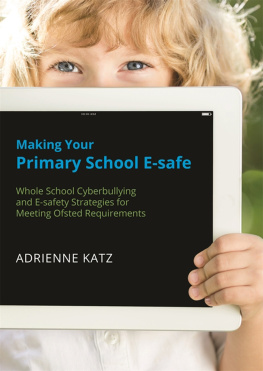
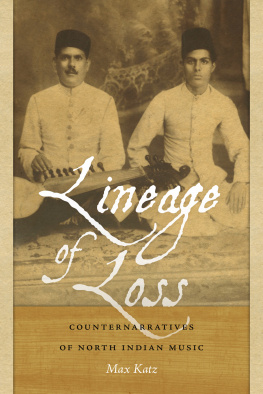
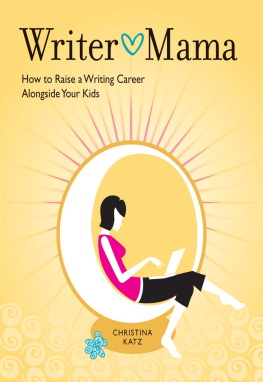
![Katz - Zombie Slayer Box Set, Vol. 1 [Books 1-3]](/uploads/posts/book/141697/thumbs/katz-zombie-slayer-box-set-vol-1-books-1-3.jpg)
